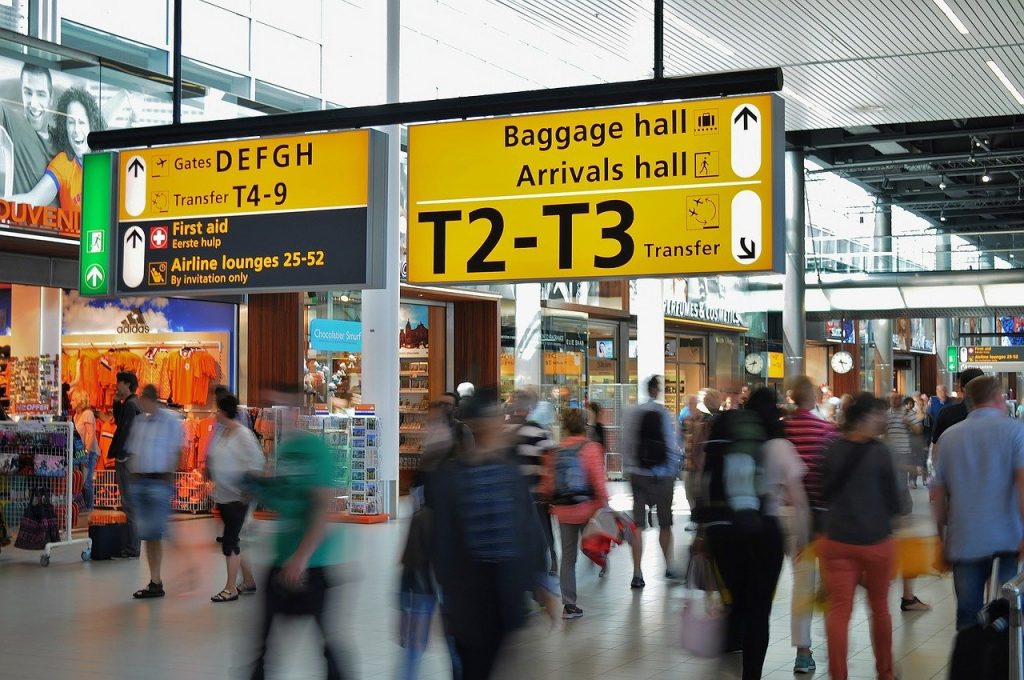How To Plan A Longstay Trip: 8 Top Tips

The way we travel may be changing. Rather than hop on a flight for a quick EU city break, or even a two week holiday somewhere more remote, some travellers are looking to a longstay adventure. Whether the opportunity comes from taking a Gap Year, being on Sabbatical, or come from the perks of being a digital nomad who can work from ANY home – here’s what you should consider when planning a Longstay Trip.
Image by Skitterphoto CC0
1. Set Your Budget
Yep, sorry to squash your romantic hopes and dreams of worldwide travel, but if you’re going to travel for an extended period of time you want to know what you can afford and where you want to prioritise your spending. How much do you have to spend and how much are you willing to spend? Get this down on paper first!
2. Make a “bucket list”
Make a list of places you want to go and things you want to see and do, and then prioritise them. Are any a non-negotiable? Are some a “that would be nice”, but there are other places I’d rather go… Are any of the things A) Only feasible at a certain time of year B) Close to another destination which you could tag on as part of that leg of the trip.
3. Do your research!
Trawl every corner of the internet to find out how much it costs to stay in each place on your list and what it costs to do the activities in those places on your list. Include costs of transfers, visas and permits – it’s not just about cheap flights – and consider alternative forms of transport and accommodation such as sleeper trains, car share, and couch surfing. You’ll soon see that some countries are waaaaay cheaper than others to visit. The results of your research will either have you revisiting your list to re-prioritise where you want to go and what you want to do, or revisit it to change the type of place you’ll stay and how long you might stay there.
4. Check the visa requirements for each country
You may need to show that you have booked an outbound ticket, or that you have had certain vaccinations to get in. Some countries require special permits for long term travellers and there are restrictions on length of stay in places that could affect your itinerary.
Top tip – consider renewing your passport so you have plenty of time left, making it unlikely that you’ll be refused entry, and consider getting one with more pages so there is somewhere for all those visas and permits to go.
At worldwideinsure.com we:
Understand that longstay travel carries different risks to shorter holidays, often involving a number of flights and less pre-booked accommodation. Inadequate cover can ruin your plans and force you to return home early.
Offer greater flexibility for extending insurance during your trip and adding cover for activities as you go.
Include 24hr multi-lingual emergency helpline and high levels of cover for medical treatment.
Provide cover that protects from theft or loss of personal baggage; a delayed departure; a missed flight – or having to cancel your trip altogether.
Offer cover for a wide range of sports and activities.
6. Get to a doctor
Vaccinations may be needed, maybe you require a prescription for medication to last a few months, such as the contraceptive pill. You may also want to have a quick MOT to make sure that no medical surprises are lurking.
7. Pack wisely
Pack three of each thing, so you have one to wear, one in the wash and one drying. A sarong is a great multipurpose accessory, pack three of these too. A sarong can be used as a curtain, a towel, a blanket, a scarf, a skirt, a bag and even a pair of shorts or a shirt. It can also be used as a sling and a bandage, and… well, we have already shared a blog on this: 30 Ways to Use a Sarong. Take a look!
8. Stick to your budget
The final piece of advice is working out a way to stick to the budget you have set yourself for your extended adventure. Many people make a daily and weekly tally of what has been spent on accommodation, food, drink, travel, and activities and adjust the next week if they have gone over budget. You may also find that you are spending on something you can do without such as that extra cup of coffee or ice cream. It all mounts up!
All information regarding longstay travel insurance was correct at time of publishing – this information may change – please see worldwideinsure.com for up-to-date policy information.







